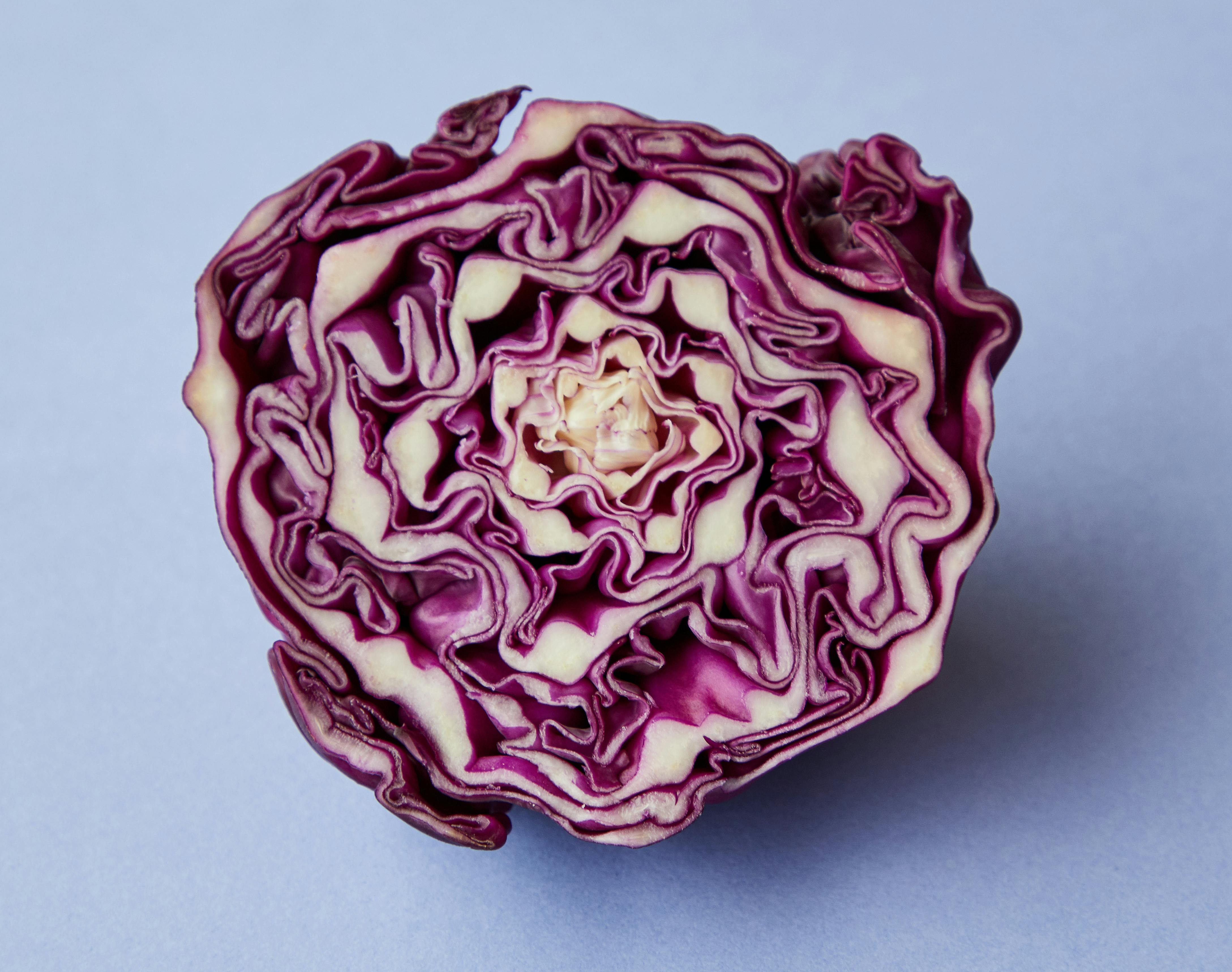Rosemary is an aromatic herb that’s a popular addition to many dishes. It’s a hardy herb that’s easy to grow and maintain, and when it’s well taken care of, it can reward you with plenty of fresh stems for use in your cooking. But when harvesting rosemary, it’s important to do so correctly so you don’t damage the plant or kill it. Here is a guide on how to cut rosemary without killing the plant.To cut rosemary without killing the plant, use sharp scissors or pruning shears to snip off the tips of the branches, leaving 3-4 inches of stem. Make sure to remove any dead or damaged leaves and stems. When you are finished, lightly fertilize with a balanced fertilizer and water thoroughly.
Step 1: Prepare the Pruning Tools
Before pruning rosemary, it is important to have the right tools on hand. Pruners should be sharp and clean to ensure a neat cut. It is also recommended to have a pair of gloves and safety glasses when pruning.
Step 2: Cut Off Dead or Diseased Branches
The first step in pruning rosemary is to remove any dead or diseased branches. These branches should be cut off close to the base of the plant. This will help reduce the chances of disease spreading throughout the plant.
Step 3: Remove Weak or Overgrown Branches
Once the dead and diseased branches have been removed, it’s time to move onto weak or overgrown branches. These can be identified by looking at how much foliage they are carrying compared to other branches. If a branch is carrying too much foliage, it can be gently pruned back so that it does not become overgrown.
Step 4: Trim Unruly Sprigs
If there are any unruly sprigs that are sticking out from the main body of the plant, they should be trimmed back as well. This will help keep rosemary looking neat and well-groomed. Be sure not to trim too much as this could damage the plant.
Step 5: Clean Up Fallen Leaves or Branches
Lastly, once all of the trimming has been done, it’s important to clean up any fallen leaves or branches from around the plant. This will help keep your rosemary healthy and free from pests and disease.
Choosing the Right Tool for Cutting Rosemary
Rosemary is an incredibly fragrant, flavorful herb that adds a subtle complexity to many dishes. However, it can be difficult to cut and prepare, as it has a hardy texture. To ensure that you get the best results when cutting rosemary, it is important to use the right tool for the job.
The most common tools used to cut rosemary are kitchen shears, sharp knives, and mandolines. Kitchen shears are a great option if you need to quickly snip off small amounts of rosemary. They can also be used to chop larger amounts of rosemary if desired. Sharp knives are great for precision slicing and dicing of rosemary leaves. Mandolines can also be used for more precise cuts if desired.
When choosing which tool to use when cutting rosemary, it is important to consider what you will be using the herb for. If you are making a simple dish that requires small pieces of rosemary, kitchen shears or sharp knives may be your best bet. However, if you are looking for more precise cuts such as julienne slices or thin strips, then mandolines may be the better choice.
It is also important to keep in mind that different tools require different levels of skill and experience. Kitchen shears and sharp knives require some level of skill and practice in order to use them safely and effectively. Mandolines require even higher levels of skill in order to use them correctly and avoid injury.
No matter which tool you choose when cutting rosemary, always make sure that you pay close attention to safety guidelines and practices when using any type of kitchen tool or appliance. This will help ensure that your cooking experience is safe and successful!
Tips for Pruning Rosemary Without Killing It
Rosemary is a beautiful herb that can be used in many different recipes, but it can be difficult to prune it without killing it. Here are some tips for pruning rosemary without killing it:
1. Start by cutting off any dead or overgrown branches. This will help encourage new growth and make the plant look healthier.
2. Prune the rosemary regularly, but don’t overdo it. It’s best to only remove a few inches of growth each time you prune to avoid stressing the plant too much.
3. When pruning, make sure to use sharp shears and cut at an angle so that water can run off the cut surfaces easily.
4. Always make sure to disinfect your shears with rubbing alcohol before and after each use so you don’t spread any diseases or pests from one plant to another.
5. After pruning, fertilize the rosemary with a balanced fertilizer such as 10-10-10 or 20-20-20 to give the plant an extra boost of nutrients and help encourage new growth.
Following these tips will help ensure that your rosemary stays healthy and continues to thrive for years to come!
When is the Best Time to Prune Rosemary?
Rosemary is an easy-to-grow herb with a variety of culinary and medicinal uses. Pruning rosemary is important for keeping it healthy and productive. To ensure that your rosemary plants stay lush and full of flavor, it’s important to prune them at the right time. The best time to prune rosemary is in late winter or early spring, before new growth begins. This gives the plant time to recover before the growing season starts.
Before you start pruning your rosemary plants, make sure you have sharp, clean tools on hand. Start by removing any dead or diseased branches, as well as any branches that are growing in an undesirable direction. When it comes to shaping your rosemary plants, look for areas where there are multiple stems growing from the same point; these can be pruned back to just one stem. If you want a bushier plant, leave more stems intact when pruning.
When pruning your rosemary plants, remember not to take off more than one-third of the plant at a time. Removing too much foliage can put unnecessary stress on the plant and weaken new growth. Be careful not to damage any of the newer buds as they can be easily damaged when cutting back branches too far. Finally, use a balanced fertilizer after pruning and water regularly for best results.
Pruning your rosemary plants in late winter or early spring will ensure they stay healthy and productive throughout the growing season. With proper care and attention, you’ll soon be enjoying fragrant sprigs of fresh rosemary all year round!

The Benefits of Pruning Rosemary
Pruning rosemary is an important part of maintaining a healthy and vibrant plant. It can help to increase the size of your rosemary bush, encourage more blooms, and create a more attractive overall shape. Pruning also helps to prevent disease, pests, and encourages strong and healthy growth. Pruning rosemary can also help to promote a longer season of flowering by removing spent flowers and old woody stems which will allow new growth to take over.
When pruning rosemary, it is important to use sharp pruning shears or scissors. Be sure to follow the natural shape of the plant when pruning, making sure not to remove too much from one area as this could cause dieback or damage the plant. Start by removing any dead or diseased branches as well as any that are crossing over each other. Then remove any spindly growth that is taking away from the overall shape of the plant. Finally, thin out any overly crowded branches so that air can circulate better around the stems and leaves.
When pruning rosemary it is important not to over-prune as this can damage the plant or leave it looking lopsided. Generally, you want to remove no more than one third of the stem at a time and never cut into old woody stems as these will not regrow. As with all plants, prune during dry weather as wet conditions make it easier for diseases such as fungal infections to spread.
In summary, pruning rosemary is an important part of keeping your plants healthy and looking their best. It helps encourage strong growth and promotes longer flowering seasons while also helping to prevent disease and pests from attacking your plants. However, be sure not to over-prune your rosemary as this can cause damage or make your plant look unsightly.
Monitoring Your Rosemary Plant
Monitoring your rosemary plant is essential to ensure it stays healthy and grows properly. You should look for any signs of disease or pests, such as yellowing leaves, wilting stems, or discolored spots. You should also check for any new growth, as this can indicate that the plant is thriving. If you notice any issues with your rosemary plant, you should address them immediately.
Caring For Your Pruned Rosemary Plant
Caring for a pruned rosemary plant is slightly different than caring for an unpruned one. To ensure that your pruned rosemary stays healthy, you should water it regularly and fertilize it every few weeks. You should also keep the soil moist and make sure to keep the area around the plant free of weeds and other debris. Additionally, you should regularly check for signs of disease or pests and prune away any dead branches or leaves. With proper care, your pruned rosemary will thrive and become a beautiful addition to your garden.
Signs that Your Rosemary Plant is Struggling After Pruning
Pruning rosemary plants can be a tricky task, as it requires the right amount of care and attention to get it just right. However, if you’ve pruned too much or too little, your rosemary plant may start to show signs of stress. Here are some signs that your rosemary plant may be struggling after pruning:
1. Leaves Turning Yellow: If your rosemary plant’s leaves start to turn yellow after pruning, it could be a sign that you’ve removed too much foliage. This will cause the plant to become stressed and unable to photosynthesize properly.
2. Stems Turning Soft: If the stems of your rosemary plant start to become soft and limp, this is another sign of over-pruning. This will cause the plant to become weak and unable to support itself properly.
3. Branches Drooping: If the branches of your rosemary plant start drooping, this could mean that you’ve removed too much foliage or cut back too far into the stem. This can cause the branch to become weak and unable to support itself properly, resulting in drooping branches.
4. Leaves Browning or Wilting: If you notice browning or wilting leaves on your rosemary plant, this could be a sign that you’ve removed too much foliage or have inadvertently damaged the stem while pruning. Browning or wilting leaves can also indicate a lack of water or nutrients in the soil.
By keeping an eye out for these signs, you can easily spot when your rosemary plant is struggling after pruning and take steps to help it recover quickly and healthily.

Conclusion
Harvesting rosemary without killing the plant can be achieved by following the above steps. Pruning rosemary correctly and regularly will help the plant stay healthy and will ensure that your rosemary is always fresh and fragrant. To ensure that you get the most out of your rosemary, it is important to prune it correctly and not remove too much at once. This will help keep your rosemary healthy and looking great.
Finally, remember that when cutting rosemary, it is important to use sharp shears or scissors. Dull blades can damage the leaves of the plant, making them less fragrant and flavourful. Sharp scissors also make it easier to cut through tough stems which helps promote healthy growth in the future. By taking these steps, you can easily harvest rosemary without killing your plant.

